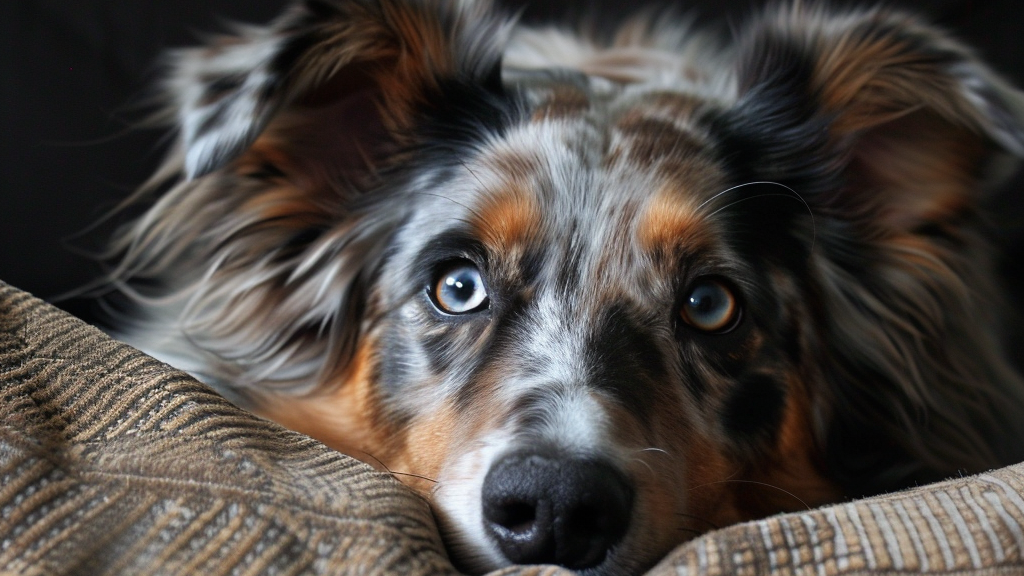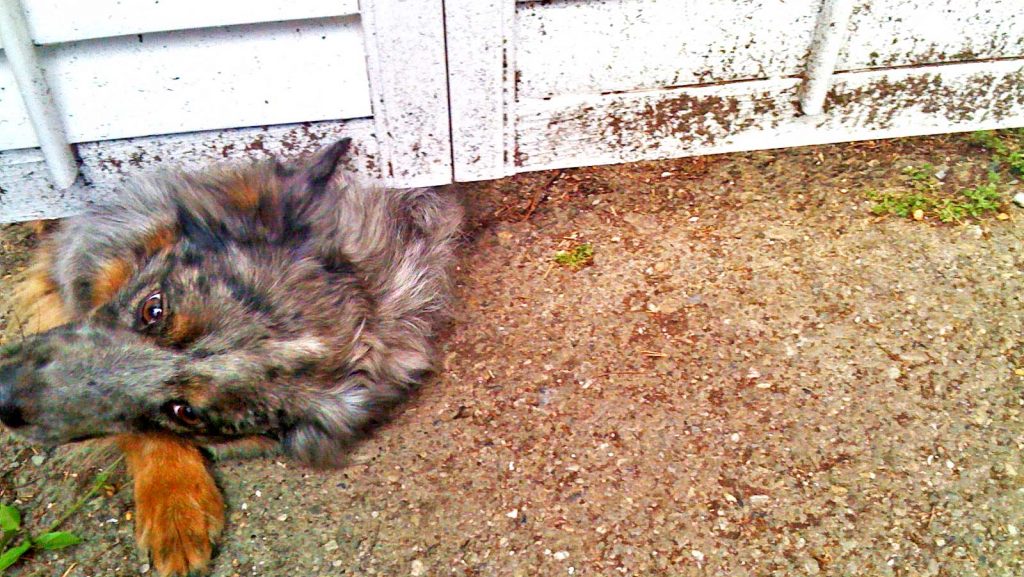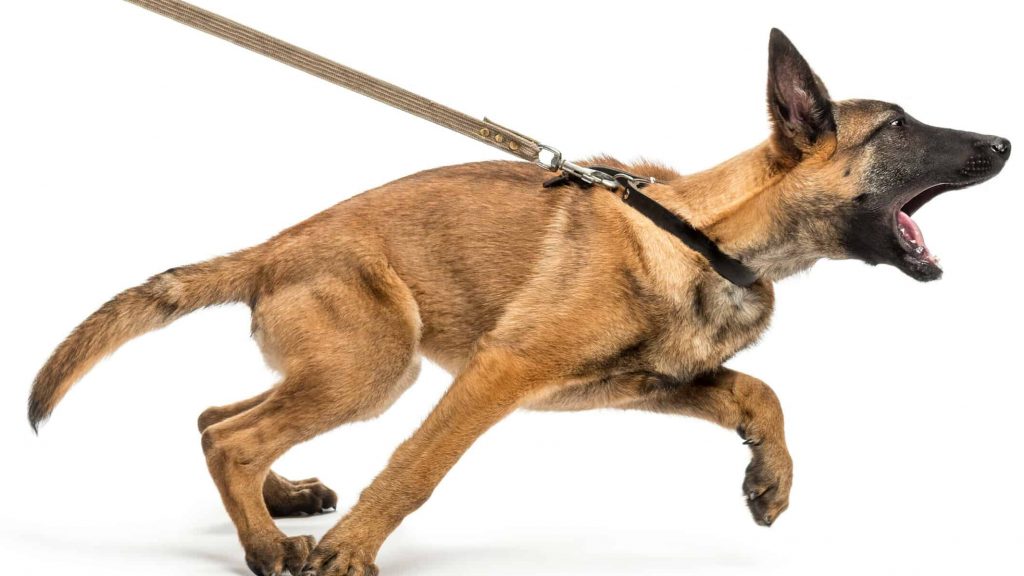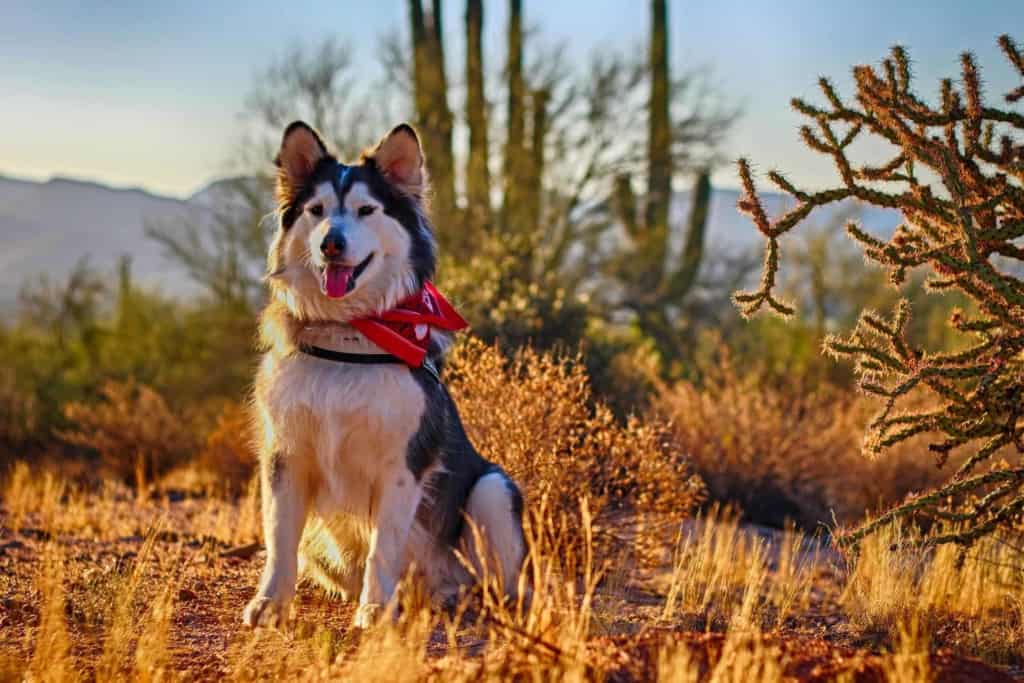
Tye licking his lips. Photo: Sue B. (CC)
By Jeannine Berger, DVM, DACVB, San Francisco SPCA
From socks to rocks to marijuana, owners and veterinarians have seen their fair share of dogs eating things they should not be eating. Eating non–nutritive, non-food items is a disorder known as pica. Why do dogs do this, and how can you prevent it?
Is this puppy behavior – a young dog chewing and eating rocks and sticks; or did the behavior start when the dog became an adult? Adult dogs often focus on one specific item, for example, rocks of a certain shape or size. There could be many factors causing your dog to eat weird things and unfortunately the disorder is poorly understood among professionals and dog guardians at this time.
Most cases are not caused by a medical problem; however, anemia, GI problems and reasons for malnutrition need to be ruled out.
A compulsive component needs to be considered when ruling out other reasons for this behavior. For example, a young animal with lack of opportunities to explore or play may develop “vacuum behaviors”. Whatever the reason, prevention is the key to keeping your dog safe.
Treatment is available, but can be difficult and will depend on the severity of the problem.
As a behavior specialist at the San Francisco SPCA, here are some broad suggestions and solutions for Pica:
Nutrition: Talk with your veterinarian about the ideal diet (calories and nutritional value) for your dog’s life stage.
Prevention: It is critical to manage dogs with pica to avoid dental trauma, or even the need for surgery for GI–obstructions.
Prevent your pet’s access to unwanted objects.
Place objects in drawers or cupboards, or in a room your dog does not have access to.
Starting from early puppyhood, provide your dog with ample opportunities to find and work for food – there are a wide variety of food dispensing toys available.
Teach “leave it” or “drop it,” commands early on. This can be life saving for a dog with pica.
If your dog has ingested items before, he might have to wear a well-fitted basket muzzle when going outside to prevent him from ingesting things that are dangerous.
Keep in mind that some dogs “get into things” just to get you off your couch. Dogs learn quickly that playing with their own toys leaves them ignored by their owners; however, in attempting to engage you in play, they discover that grabbing your $200 shoes makes you “squeal with joy and jump off the couch immediately to start the chase game” – needless to say this is not pica, it’s attention seeking behavior. Increasing active playtime with your dog using appropriate toys can easily curb this problem.






